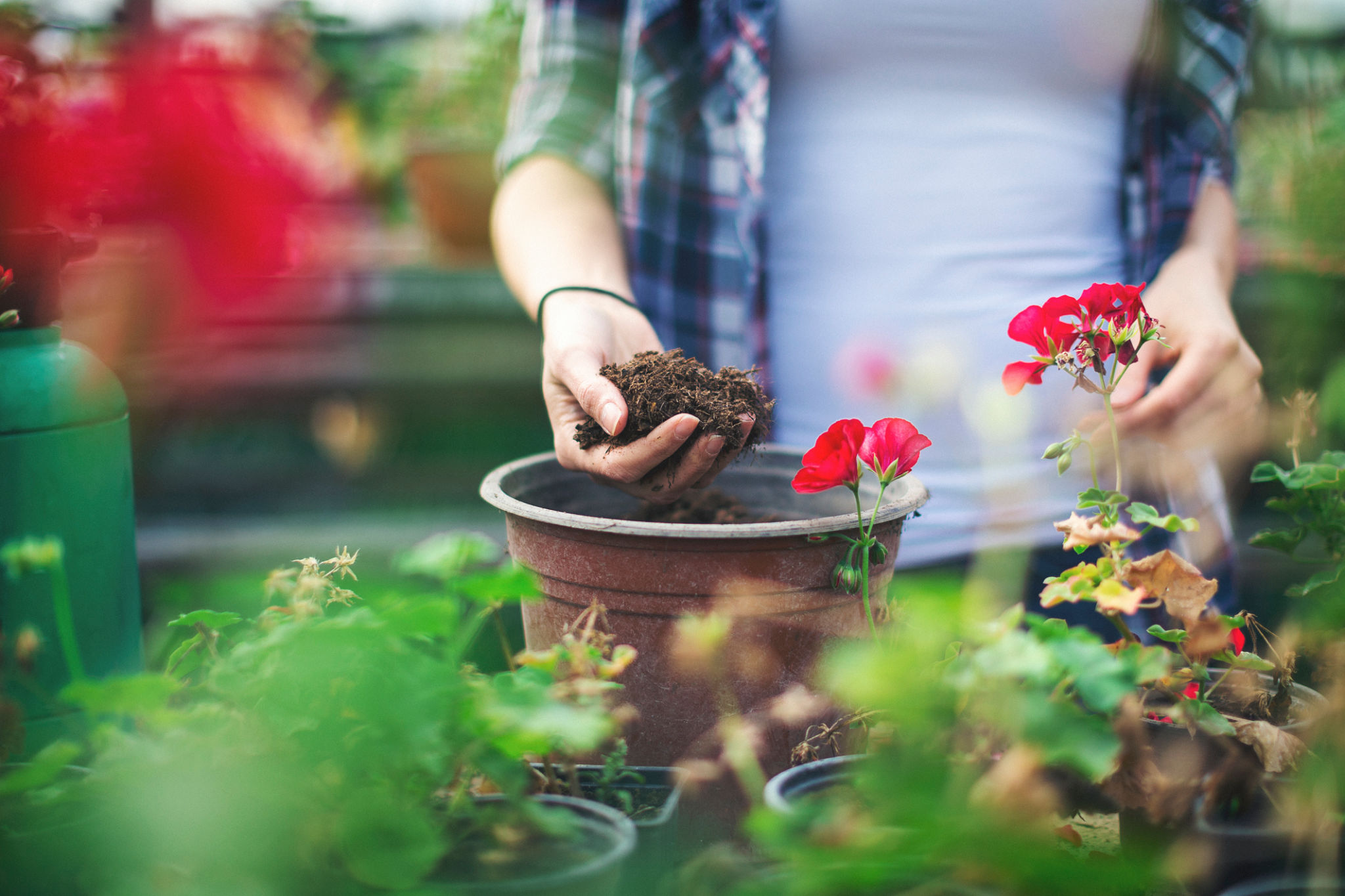Seasonal Landscaping Tips: Preparing Your Yard for Spring
Revitalize Your Lawn
As the winter frost begins to thaw, there's no better time to start preparing your yard for a vibrant spring. One of the first steps in seasonal landscaping is to revive your lawn. Start by raking away any debris and dead grass to allow new growth. This process, known as dethatching, will help aerate your lawn and ensure that nutrients can reach the soil effectively.
Once you've cleared away the old debris, consider aerating the soil. Aeration involves perforating the lawn with small holes to allow air, water, and nutrients to penetrate the grass roots. This will help your lawn grow thicker and healthier.

Pruning and Trimming
Spring is also the perfect time to prune trees and shrubs. Pruning not only helps to shape your plants but also encourages new growth and prevents disease. Focus on removing any dead or damaged branches, as well as thinning out crowded areas to improve air circulation.
When trimming hedges or bushes, be mindful of their natural shape. Over-trimming can lead to stress and damage. Use clean, sharp tools to ensure a clean cut and prevent the spread of disease.

Soil Preparation
Healthy soil is the foundation of any successful garden. Begin by testing your soil's pH level to determine if any amendments are necessary. You can easily find soil testing kits at your local garden center. Based on the results, you may need to add lime to raise the pH or sulfur to lower it.
Incorporate organic matter such as compost or well-rotted manure into your soil. This will improve its structure, enhance nutrient content, and promote beneficial microbial activity. A well-prepared soil will help your plants thrive throughout the growing season.
Planting New Additions
Spring is an ideal time to introduce new plants to your landscape. Choose a mix of perennials, annuals, and bulbs to create a visually appealing garden that offers year-round interest. When selecting plants, consider their sunlight and water requirements to ensure they are well-suited for your yard.

When planting, dig a hole that is twice as wide as the root ball but no deeper. This ensures good root establishment and stability. Water newly planted additions thoroughly to help them settle in and reduce transplant shock.
Mulching for Moisture Retention
Applying a layer of mulch is an essential step in spring landscaping. Mulch helps retain moisture, suppress weeds, and regulate soil temperature. Choose an organic mulch like wood chips or shredded bark for added nutrients as it decomposes over time.
Apply mulch evenly around your plants, being careful not to pile it against the stems or trunks. This will help prevent rot and encourage healthy growth.

Final Touches
Finally, take some time to clean up hardscape areas like patios, walkways, and driveways. Power wash surfaces to remove dirt and grime accumulated over the winter months. Re-edge flower beds and pathways for a crisp, polished look that frames your landscape beautifully.
With these seasonal landscaping tips, you'll be well on your way to creating a lush and vibrant yard that welcomes the arrival of spring with open arms. Enjoy the process of nurturing your outdoor space and watching it come to life!